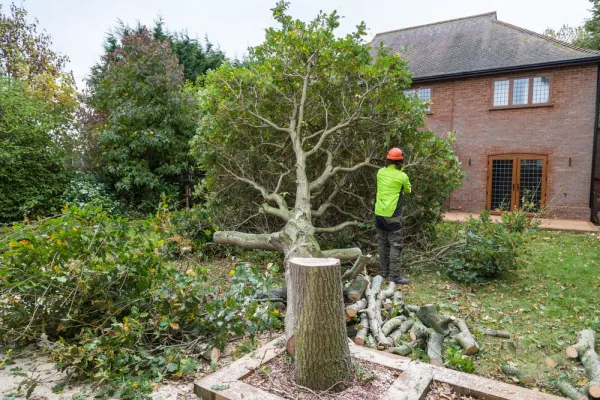Right to roam is a phrase you often hear in the United Kingdom.
But what exactly is it? And how widespread is it?
Read on to find out.
What is right to roam?
The right to roam (also known as freedom to roam) is the general public’s right to access certain types of land in Great Britain.
In England and Wales, the land in question is typically subject to the Countryside and Rights of Way Act 2000.
It can be accessed is for recreational purposes like walking, camping, and climbing. It allows access to:
- Mountains
- Moorland
- Heaths
- Downs
- Registered common land.
In practice, it only covers a relatively small amount of land in the UK. However, the land it covers is generally amongst the most scenic.
Preserving heritage
As with deeds of covenants or listed statuses for buildings, it is designed to preserve heritage.
In this case, the tradition of being able to roam freely across most land in the UK. (Similar traditions existed in many northern European countries.)
This practice was largely accepted as a given before the right to roam law formalised it.
(There have been some exceptions, such as the controversial Inclosure Act of 1773.)
How common is land that comes under right to roam?
In England and Wales, right to roam land covers around 1.6 million acres (or 8%) of open country and registered common land. It includes areas such as:
- Dartmoor
- Exmoor
- The Lake District
- Snowdonia
- The Peak District
- Brecon Beacons
- The Yorkshire Dales.
Right to roam across the UK
The right to roam applies across most of England and Wales.
In Scotland, the Land Reform Act 2003 established a right of responsible access to most land and inland water. (Three years after the Countryside and Rights of Way Act 2000 in England and Wales.)
In Northern Ireland, the Access to the Countryside Order 1983 allows public access to defined land areas, but there is no general right.
Controversies
Some campaigners claim that “access islands” exist across the UK. These are areas designated “open country” (with a right to roam), but there is no way to reach them without trespassing.
These areas, totalling 2,700 hectares in the UK, are surrounded by private land without connecting footpaths.
The government is considering how to address this issue as it maps open access land in the future.
How to find out if the right to roam applies to land
Check an ordnance survey map
Like moorland, land marked as open country is likely to be right to roam access land.
Refer to the local authority’s register of common land
All registered common land has public access rights.
Look for signs and gates
These often say that the land can be accessed.
Search the interactive maps on Natural England’s website
These show open-access land across England. Contact the local authority or landowner for confirmation.
If no signs state otherwise, it’s safe to assume short passages across farmland and woodland also allow access.
Check guidebooks and online resources for popular hiking areas
These will often state if public access is allowed.
Look for well-trodden paths and trains
These suggest the land can be accessed.
Lastly, ask local ramblers groups or outdoor clubs if they know the access situation in an area.
So, using maps, signs, and common sense, you can generally establish where the right to roam applies.
Can I change right to roam on a piece of land?
Landowners cannot access to property in areas of permanent open country.
The public’s access rights are legally protected. However, landowners can seek restrictions or exclusions from right to roam.
This is on specific grounds, with direction from Natural England. Reasons may include:
- Privacy and disturbance around homes
- Land management operations like farming or forestry
- Public safety and national security
- Protection of historically significant sites
- Prevention of fire risk or environmental damage.
There are also some temporary exclusions. For example, landowners can restrict access for short periods for lambing or grouse shooting.
Open access can also be excluded over new pastures with young livestock.
So, the right to roam is not absolute. However, permanent restrictions require approval from a legal source.
And any restrictions must be clearly signposted. It aims to balance public access with the rights and privacy of landowners.
















